Search
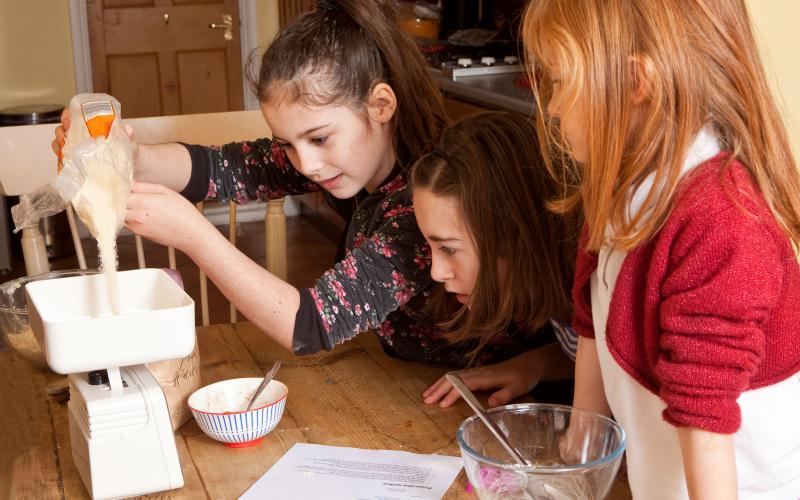
Life Skills Passport Curriculum
Curriculum to help youth and young adults learn applicable life skills.
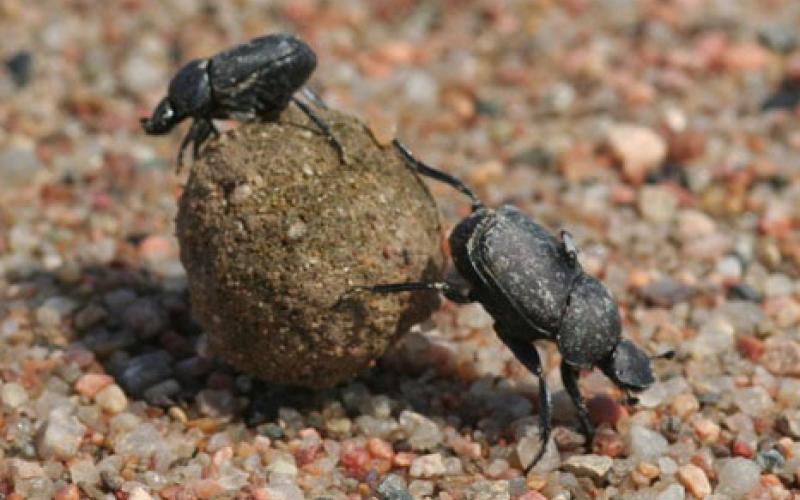
An identification guide to common Dung Beetles of South Dakota
A guide of common dung beetles of South Dakota.

Healthy Aging in Midlife: Is Midlife Crisis Real?
Midlife can be defined as a pivotal time in life where changes occur related to physical health, cognitive functioning, and well-being.

Building Highly Effective Boards
Whether you are starting a new board or solidifying the roles and workings of an existing board, this program is a great way to get all members on the same page.
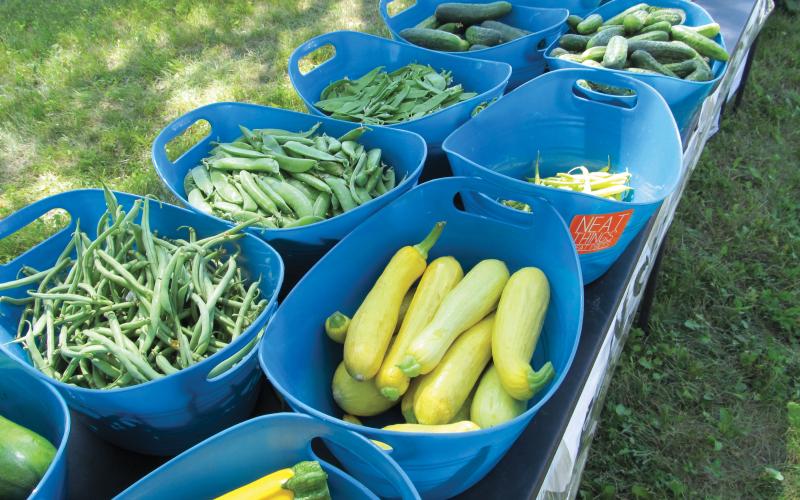
Food and Product Regulations for the Farmers Market
Food safety regulations can come from the federal, state or local government. This article provides information on numerous regulatory topics as they apply to vendors and market managers involved with farmers markets.
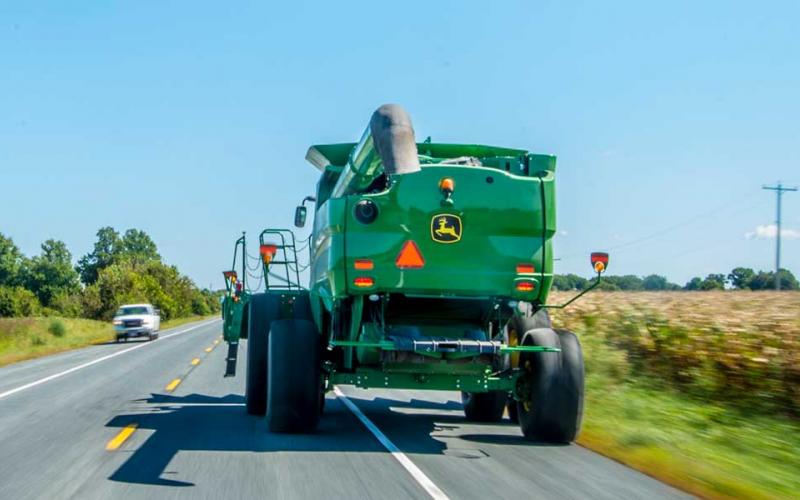
Roadway Safety During Harvest
If you have been on the roads lately, you have probably noticed that harvest has started. Producers and non-agricultural drivers have a shared responsibility to travel safely and share the road during this busy time of the year.
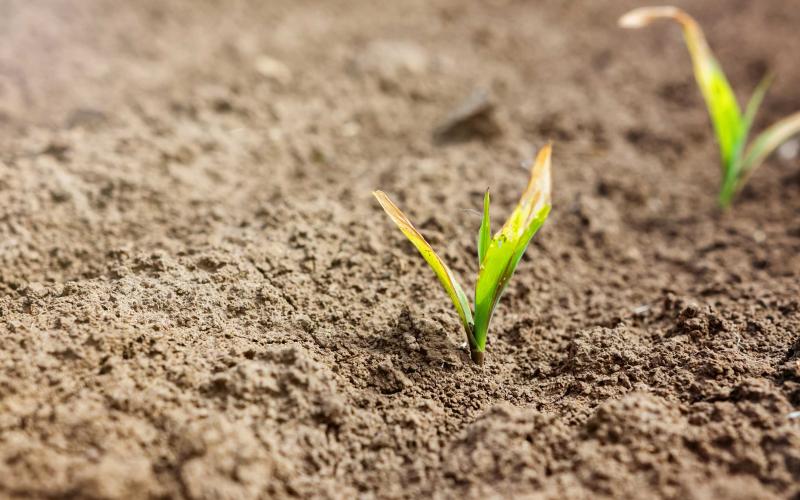
Low Temperature Damage to Corn and Soybean
Temperatures are forecast to reach 32°F or lower in large areas of South Dakota for several nights beginning on May 7, 2020. While a relatively low percentage of planted crops are likely to be emerged at this point in time, producers may still want to evaluate individual fields for crop damage.

Drought and Heat Effects on Corn Production
Nearly every season in South Dakota there are periods of hot, dry weather in at least parts of the state. While we have no control over the weather, producers can prepare for drought stress by using proactive practices.

Slugs: The Slimy Defoliators
Have you noticed defoliation in your garden accompanied by distinct trails on plant leaves? The culprit could be slugs, a common pest that can be found during during cool, wet weather and in certain garden micro-climates.
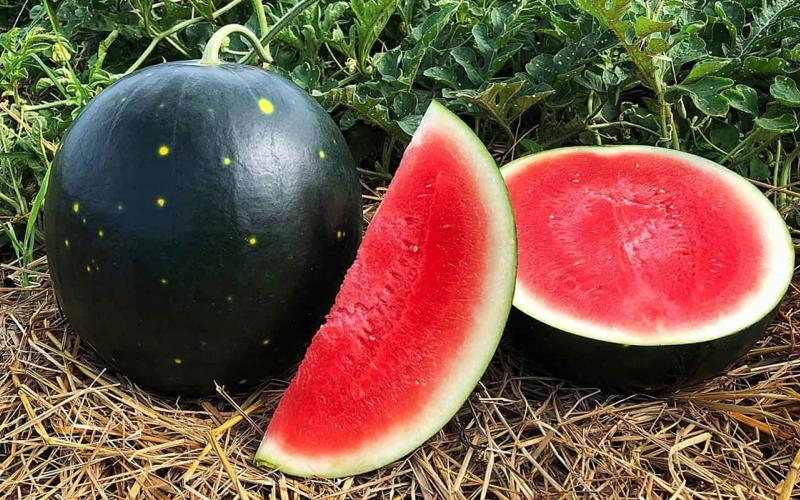
Melons: How to Grow It
Melons can take quite a bit of garden space throughout the summer, but they reward gardeners with sweet, juicy flavor! Learn how to select, plant and grow them today!